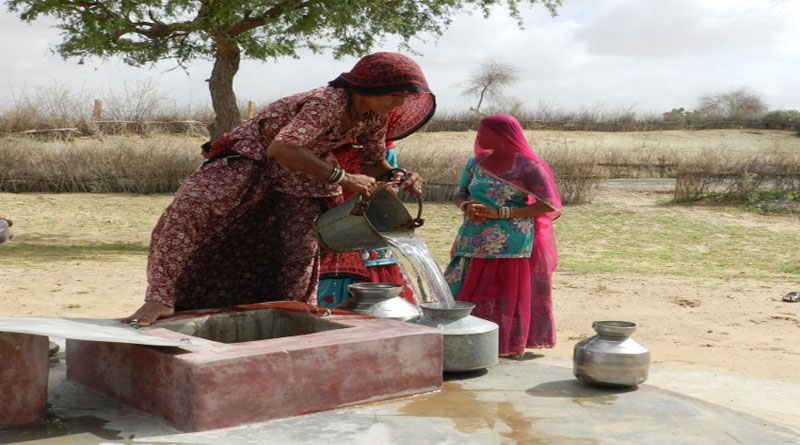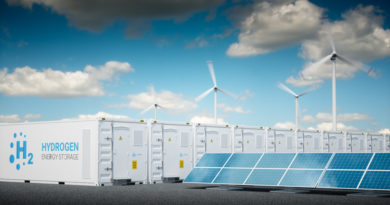6 Ingenious Water Harvesting Techniques still practiced in India

On World Water day we bring to you a quantitative and qualitative study of ancient but ingenious water harvesting techniques. Practiced in what is considered the most diverse and challenging habitat in India, the arid and dry north west.
India experiences a non-uniformity in the distribution of natural sources of water and rainfall. Inefficient management and utilisation of these water resources have led to depleting levels of ground water and surface water. Present day large interventions by the government, like dams and massive piped systems have largely underperformed or even failed. But these techniques that were developed and implemented decades or centuries ago have remained in practice ever since, after being proven by trial and comparison as truly cost effective and viable solutions to the chronic water scarcity in the area. Perhaps also because each relies on heavy local involvement in its maintainance, upkeep and preventing abuse. The techniques mentioned are focused along the findings of Late Mr. Anupam Mishra, noted water conservationist and environmentalist.
Kund

These structures are used to harvest rainwater for drinking purposes along the sandier tracts of the Thar Desert. The structure includes an underground circular well located right at the centre of a saucer shaped catchment area with a gradient that drives the water towards the centre. Sides of the well are covered in disinfectants like lime and ash, with wire meshes present on all the water inlets to filter away the debris.
The depth and diameter are decided based on the primary purpose of use (drinking, and/or domestic water requirements). A 40 feet deep kund can accumulate close to 100,000 litres of water in a season of at maximum 16 cm rainfall.
Tankas
These are small underground tanks, found in the courtyards in houses across Bikaner. Built by making circular holes in the ground and lining them with tiles (helps keep the water cool) and fine polished lime which acts as a disinfectant.

Many houses incorporate piping systems into their Tankas that direct rainwater from the roofs into the tanks for harvesting. A 15 feet deep tank can harvest 25,000 litres of pure drinkable water in one good (considerate rainfall) season.
Canal System (Jaigadh Fort)

Built by Sawai Jai Singh II, this fort overlooking the Amber Fort houses 3 underground tanks designed with the purpose to harvest water using a canal system over 400 years ago. The complex of the fort includes a well-planned canal network spanning over 15 kilometres used to draw water to the underground tanks. The canals start their descent from a starting point 4 kilometres from the tanks which are located in the central courtyard.
Over a season, the tanks are able to accumulate over 6 million gallons of water and successfully hold most of it through the dry seasons.
Kuis (Beri)

These structures are geo-specific i.e. can only be built in areas that have gypsum belts running under them. The impervious gypsum layer segregates the clean drinking water that is harvested from the saline ground water of the area. These 12-14 feet deep structures are used to harvest Rajani Pani (Percolated water) by squeezing the moisture out of the sand.
Chattar Singh, a local from Ramgarh Village in Jaisalmer has used the concept of Beris to fulfil the water needs of his village during periods of calamity. The area experiences on an average just over 100 mm in rainfall and regular droughts, yet by mobilising all his native villagers and implementing a two tier system based on the seasons the village has managed to thrive on its own.
Jhalaras

Johad

Widely used in Alwar, Rajasthan. These small earthen check dams that capture and conserve rain water runoff are improving the percolation of the land making them more fertile and also serve the purpose of groundwater recharge.
From 1984-2000 over 3000 such structures were revived in 650 villages and the results of this were, a 6 metre rise in the groundwater level. The area also witnessed a 33% increase in forest cover, and rivers in the area that turned
dry post monsoon season became perennial.
By Ayush Verma
Published on: Mar 23, 2018
![]()




